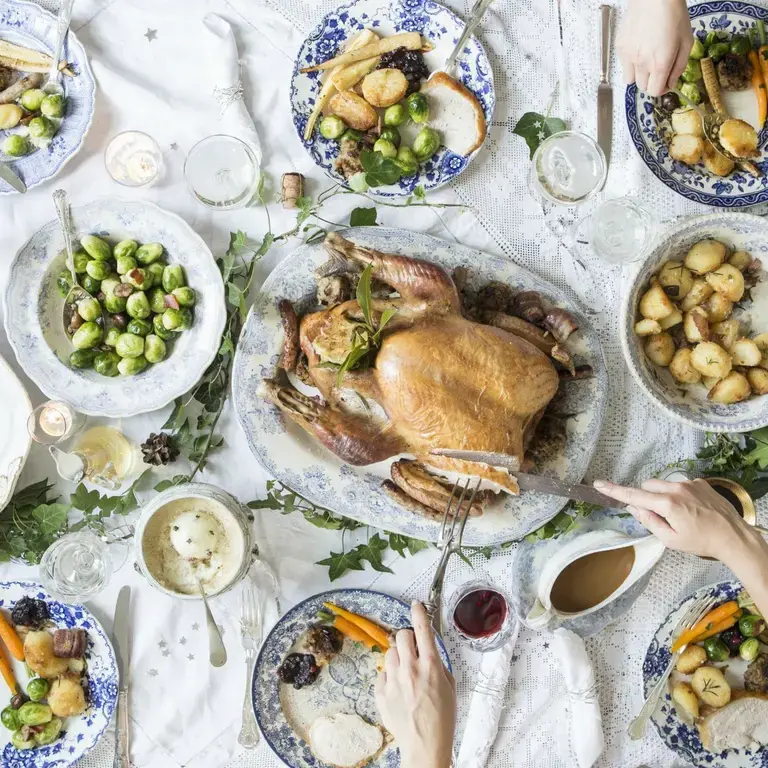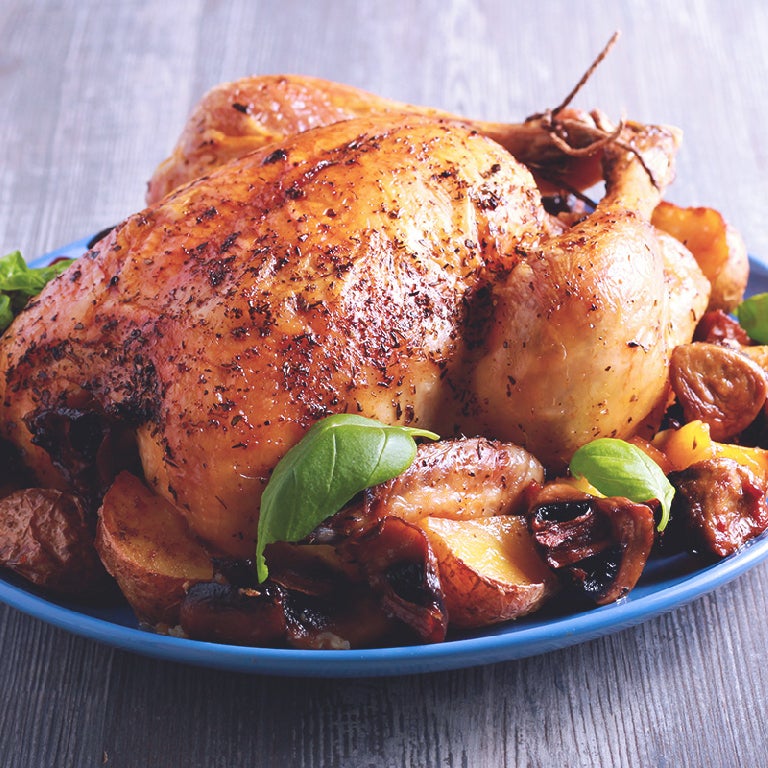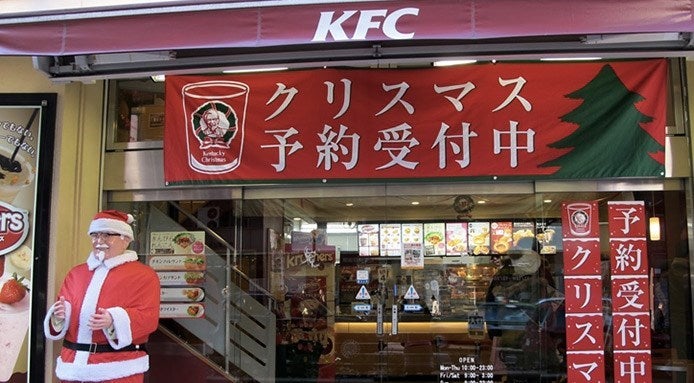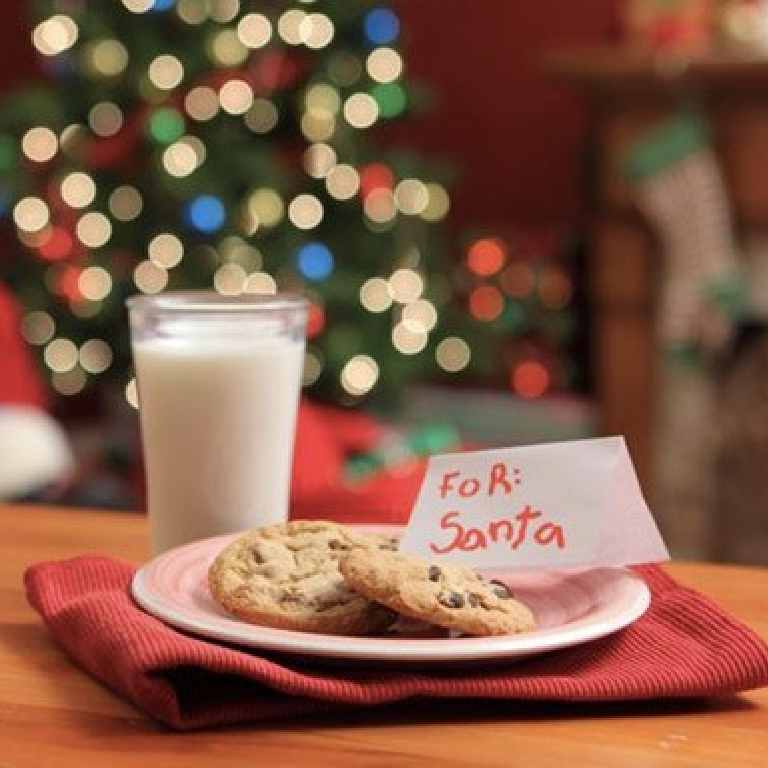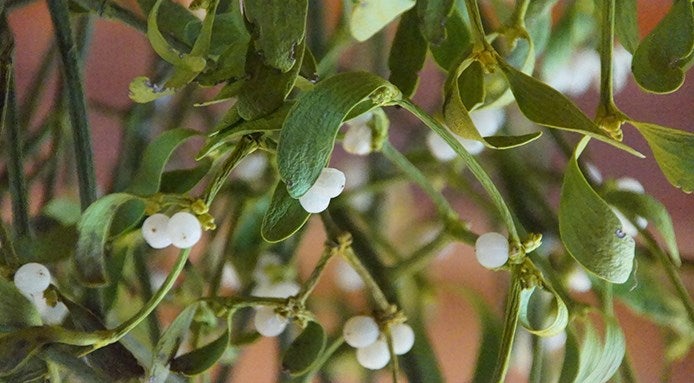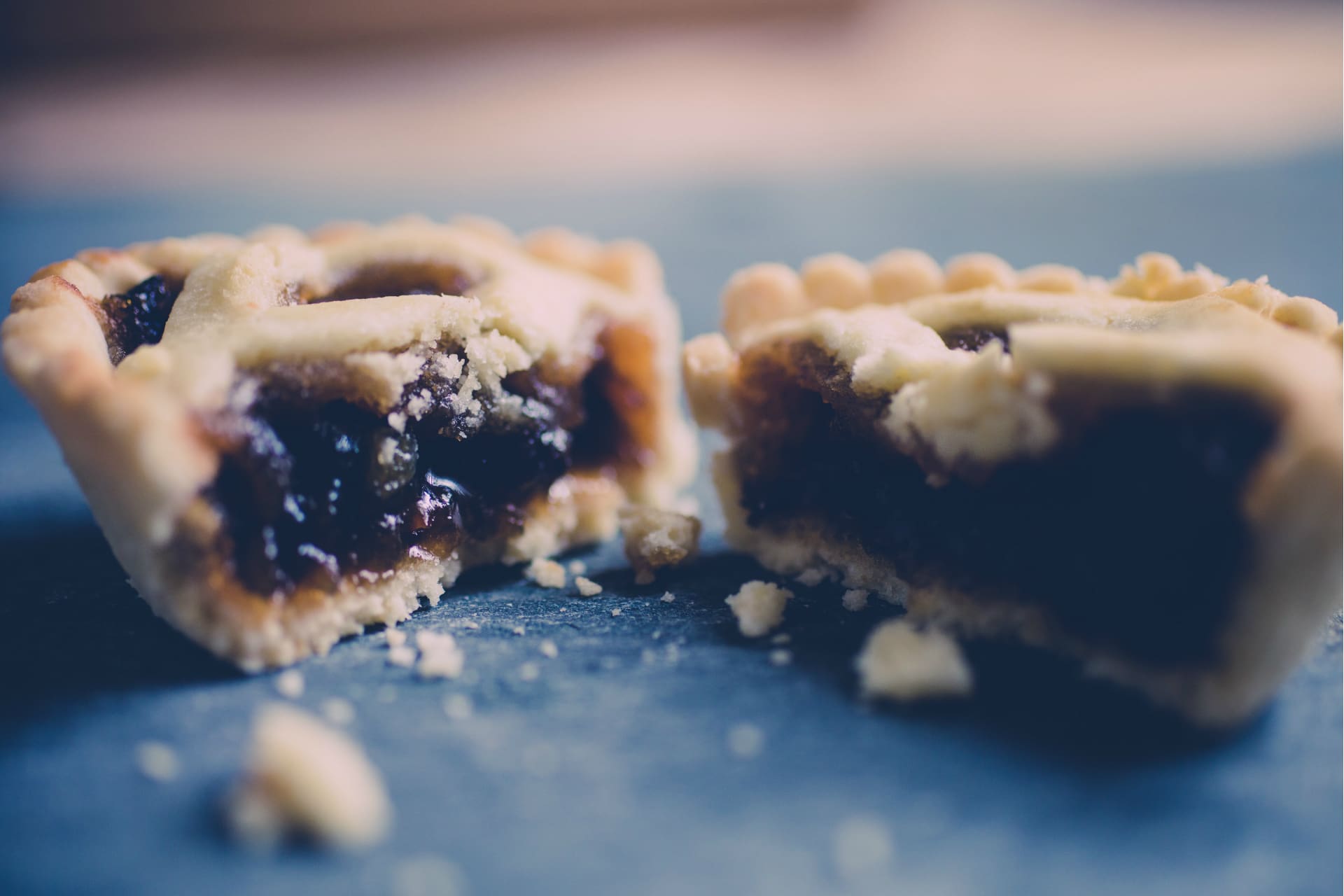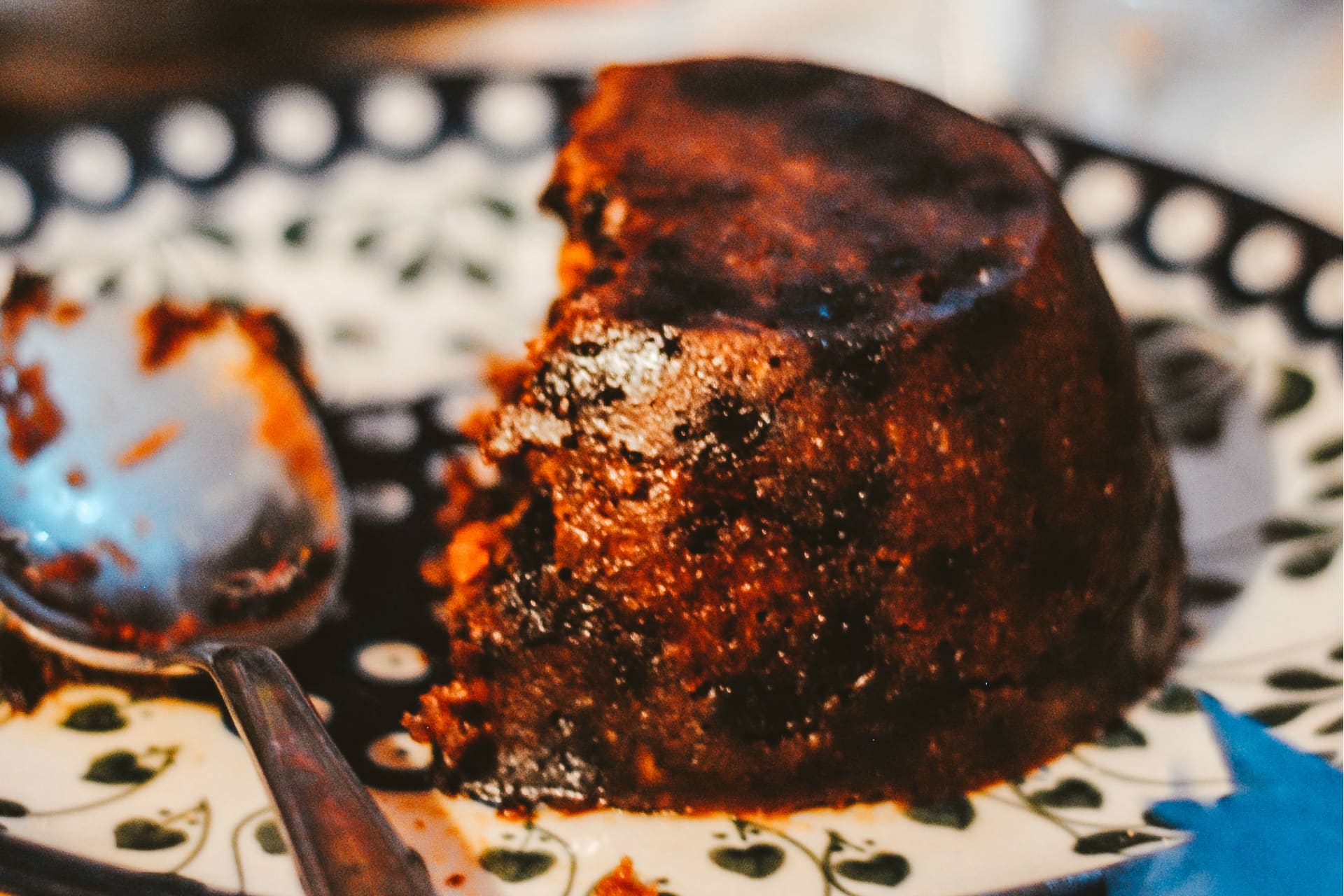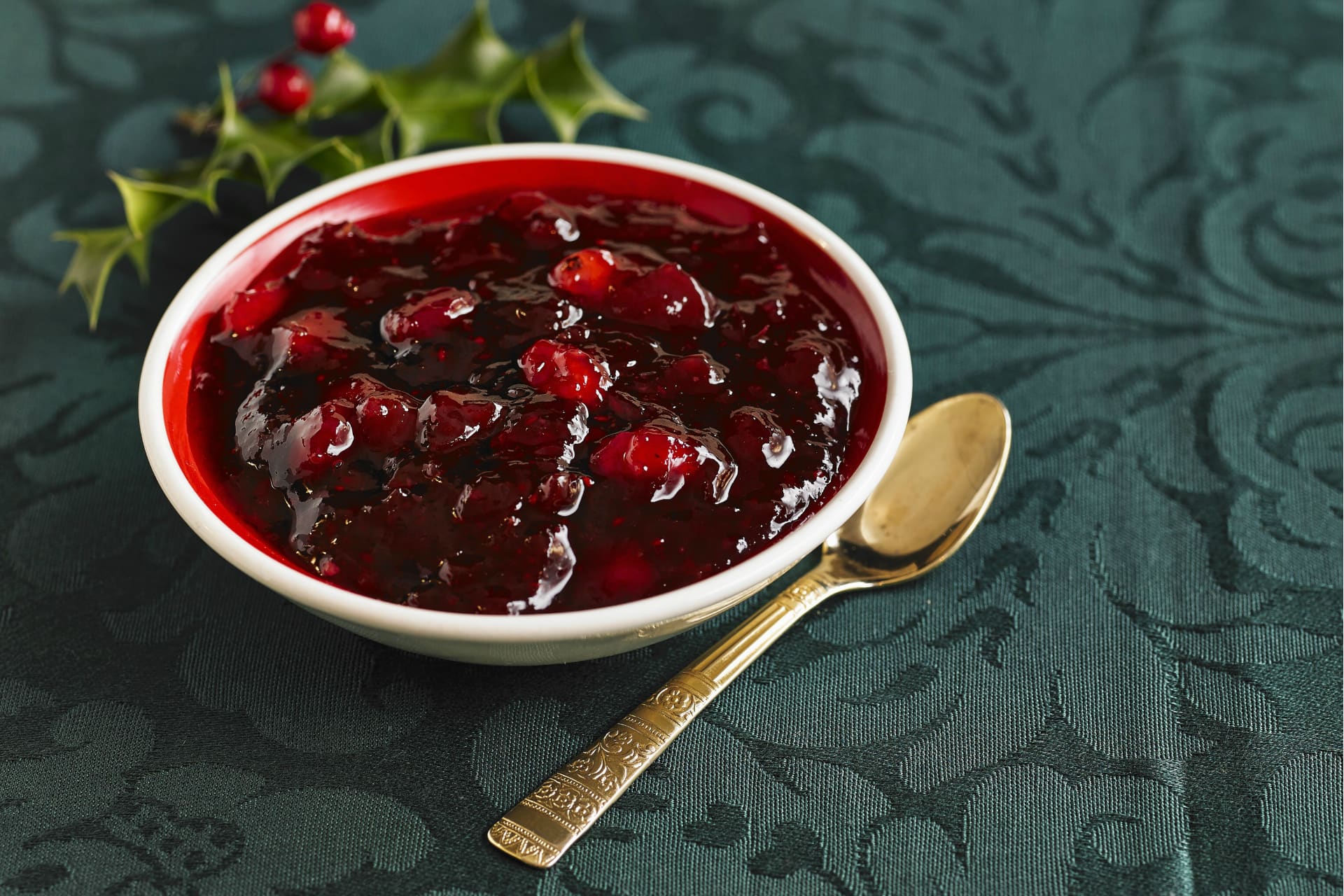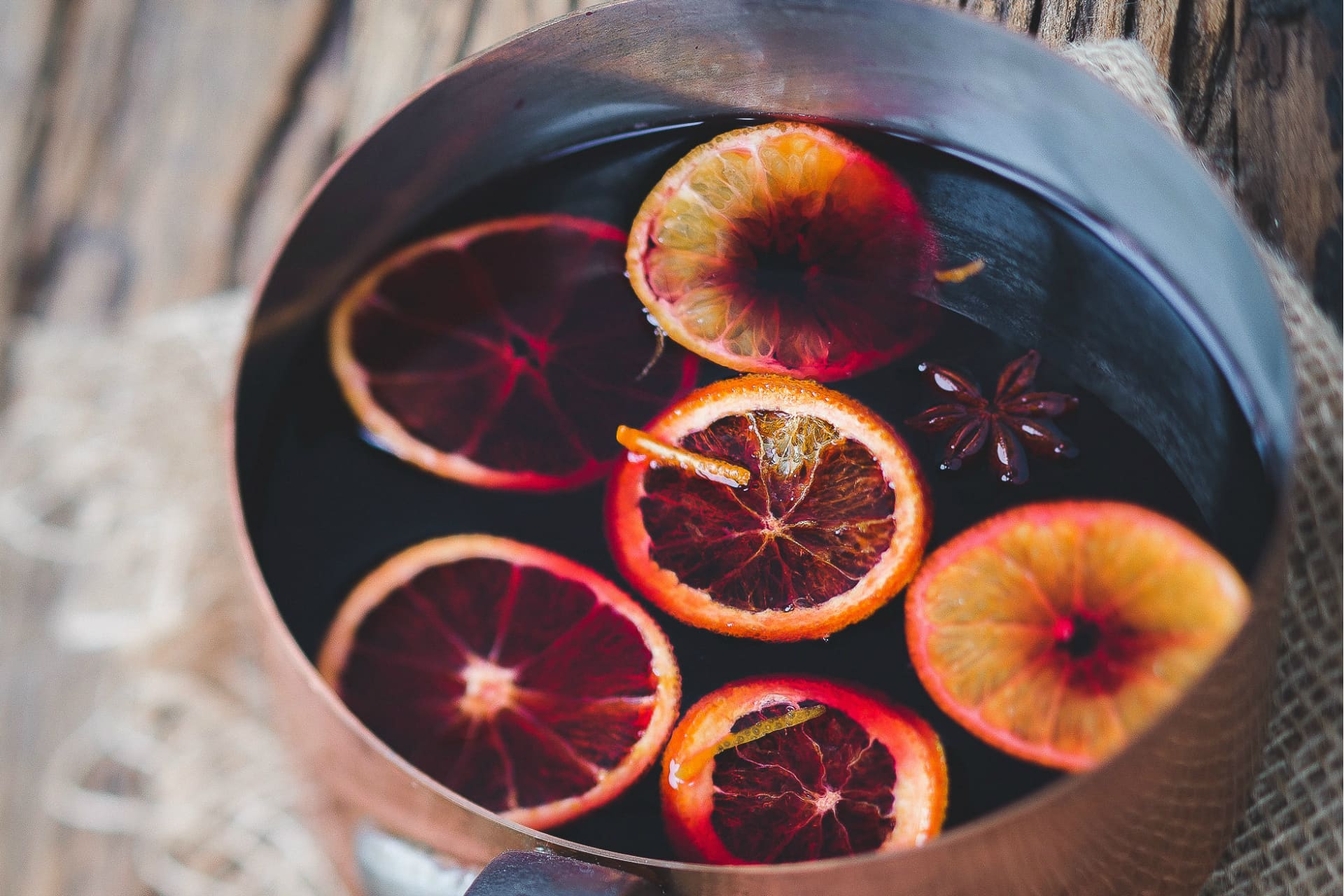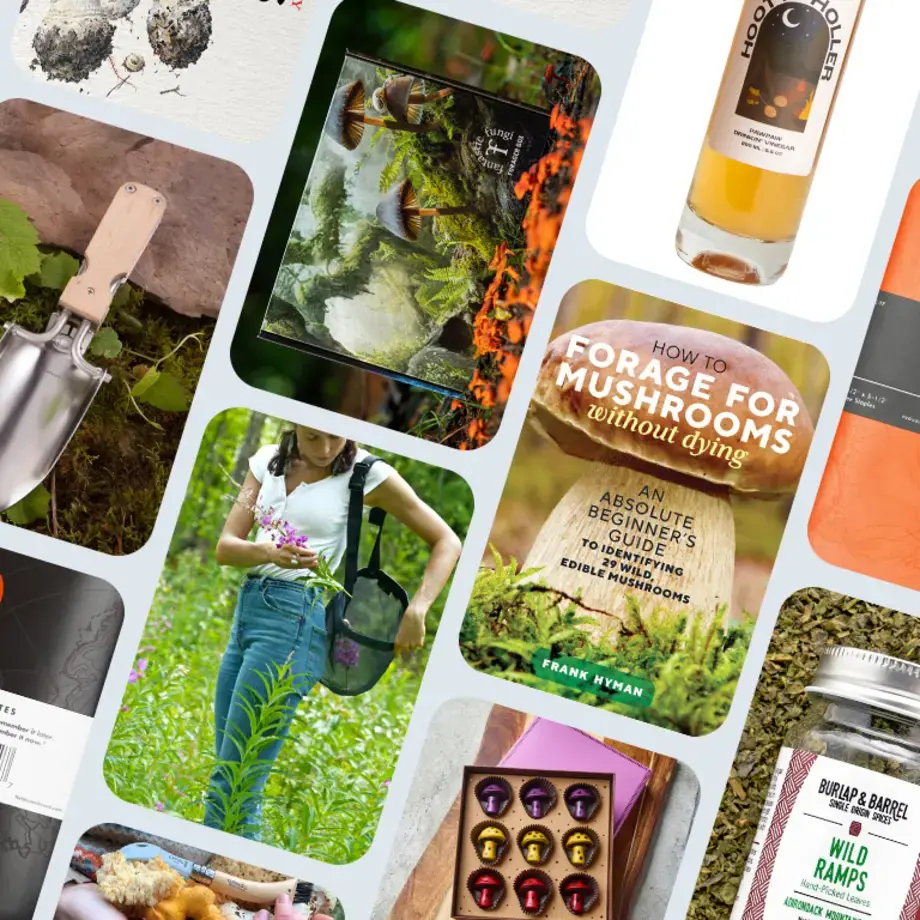Editor's Note: Updated 22.12.20
Christmas is a time steeped in traditions and customs that vary around the world; many with such historical roots we've probably forgotten how they all originated.
There's plenty of food trivia to discover about festive time, from the feasting to the singing; here are 14 fun facts about Christmas, from the historical to the unusual, which you can recount to guests in an idle moment in between basting the turkey and pulling crackers.
Any you want to share? Let us know on our Facebook page.
